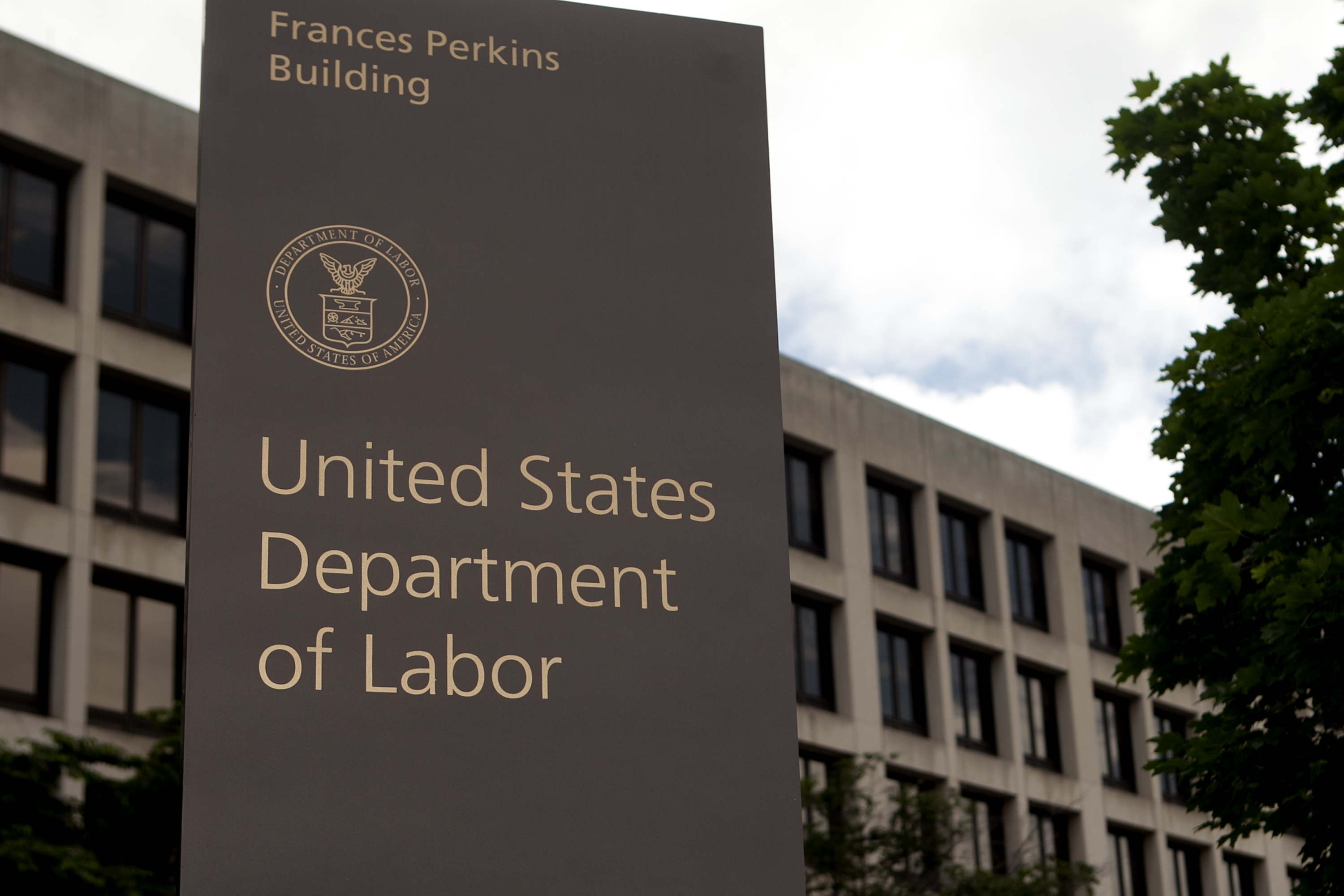The U.S. Bureau of Labor Statistics reported Friday that the unemployment rate rose to 14.7 percent in April, the highest level since the BLS began keeping records in January 1948, as employers shed 20.5 million jobs in the wake of the COV-19 pandemic.
The unemployment rate increased by 10.3 percentage points to 14.7 percent last month, the highest rate and the largest monthly increase ever recorded by the BLS. The number of unemployed people rose by 15.9 million to 23.1 million in April. “The sharp increases in these measures reflect the effects of the coronavirus pandemic and efforts to contain it,” said the BLS.
Professional and business services shed 2.1 million jobs in April, including 67,600 in accounting and bookkeeping. Employment in financial activities fell by 262,000 over the month, with much of the decline occurring in real estate and rental and leasing, which lost 222,000 jobs.
Employment in leisure and hospitality was especially affected, plummeting by 7.7 million, or 47 percent. Nearly three-quarters of the decline happened in food services and drinking places, subtracting 5.5 million jobs. Employment also fell in the arts, entertainment and recreation industry, dropping by 1.3 million, and in the accommodation industry by 839,000.
Small businesses were among the most affected segments of the economy, according to Top 100 Firm CBIZ, which reported a record decrease of 9.43 percent in small-business hiring on its monthly CBIZ Small Business Employment Index. That represented the biggest decline since CBIZ began tracking small-business hiring in the wake of the 2008-2009 recession.
“It is certainly a record for the Small Business Employment Index, which was created out of the last financial upheaval and the loss of employment,” said CBIZ executive vice president Philip Noftsinger. “We built the SBEI at that time to track hiring trends of what has typically been an underreported market in the context of smaller businesses. What we’ve seen here is historic in the context of how it compares to 2008. It’s certainly the largest drop we’ve seen. It concerns all industries that we track, and all the geographies are impacted, the Northeast and the West being a little bit heavier of an impact.”
The Northeast saw a dropoff of 12.15 percent in small-business hiring, according to CBIZ, and the West by 11.41 percent. CBIZ also saw declines in the central part of the country of 8.91 percent and in the Southeast region by 8.27 percent. There were similar declines in various industrial sectors. While all industries in the SBEI experienced hiring decreases, especially noteworthy declines occurred in nonprofits, professional services, manufacturing, health care and retail.
Noftsinger believes businesses are better prepared this time for the downturn than they were in the Great Recession.
“We’ve held CFO panels and done webinars and surveys where we’ve taken some more qualitative type of information from our clients,” he said. “We’re seeing numbers in the context of 70 to 80 percent who have applied for some of the small-business support mechanisms that have been available from the CARES Act, whether it be an [Economic Impact Disaster Loans] or the [Payroll Protection Program]. Many of those fully anticipate to qualify for the loan grant. I think small-business owners are far more prepared for this go round than in 2008. Now, that being said, this is a historic event and it’s going to have a major impact. But from our conversations with our clients, and those participating in our webinars and other vehicles indicate a level of preparedness that we didn’t see in 2008 or 2009. That’s encouraging. Their protection and dry powder in terms of liquidity was superior in this cycle and their access to capital was better prepared in this cycle.” 